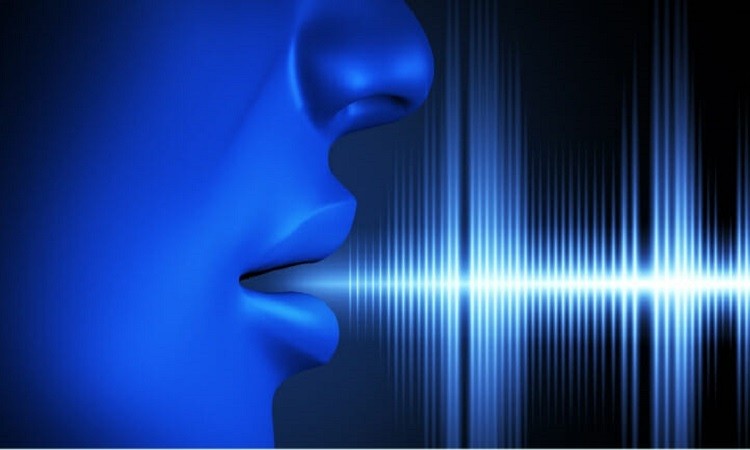
World Voice Day (WVD) is celebrated globally on April 16 every year. The day is observed to demonstrate the enormous importance of the voice in the daily lives of all people. The Day is a global annual event dedicated to recognizing the boundless limits of the human voice. The mission is to share the excitement of the voice phenomenon with people, scientists, and other funding bodies.
The aim is to show the enormous value of the voice in the people's daily lives. Voice is an important aspect of healthy and effective communication.
HISTORY OF WORLD VOICE DAY: As long as people have been around, there has been the human voice. It may be difficult, if not impossible, to provide an exhaustive history of the development and application of the human voice throughout millennia of human history. But for the purposes of this debate, we believe that the biological construct theories of the human voice provide a sufficient account of how the voice functions.
The vocal tract of a human being produces the sounds that make up the human voice. Talking, singing, laughing, sobbing, yelling, shouting, and humming are just a few of the actions that can arise from this. Human voice frequency, in which particular vocal folds or cords serve as the major source of sound, plays a particularly significant role in the creation of suns. The creation of "unvoiced consonants," clicks, whistling, and whispering are among the other methods of human sound production from the same body location.
The lungs, voice box (vocal folds within the larynx), and articulators are the three components that make up the system that creates or produces a sound frequency from the human voice. The lungs must provide enough airflow and pressure to cause vibrations in the vocal folds as a result of their pumping activity for the sound generation equation to function.
The vocal folds then combine with this pulmonary air pressure to produce audible pulses that are the sound source of the larynx. For a certain pitch and tone, the laryngeal muscles change the length and tension of the vocal folds. The tongue, palate, cheek, and lips make up the articulators, which are the portions of the vocal tract above the larynx. By interacting with the laryngeal airflow, they filter the sound made by the larynx and, to a certain extent, can make it stronger or weaker as a source of sound.
Remembering Tarabai Bhosale on April 14: The regent of the Maratha Empire of India
Jallianwala Bagh Massacre: A Look at 104 years of Tragedy and its impacts